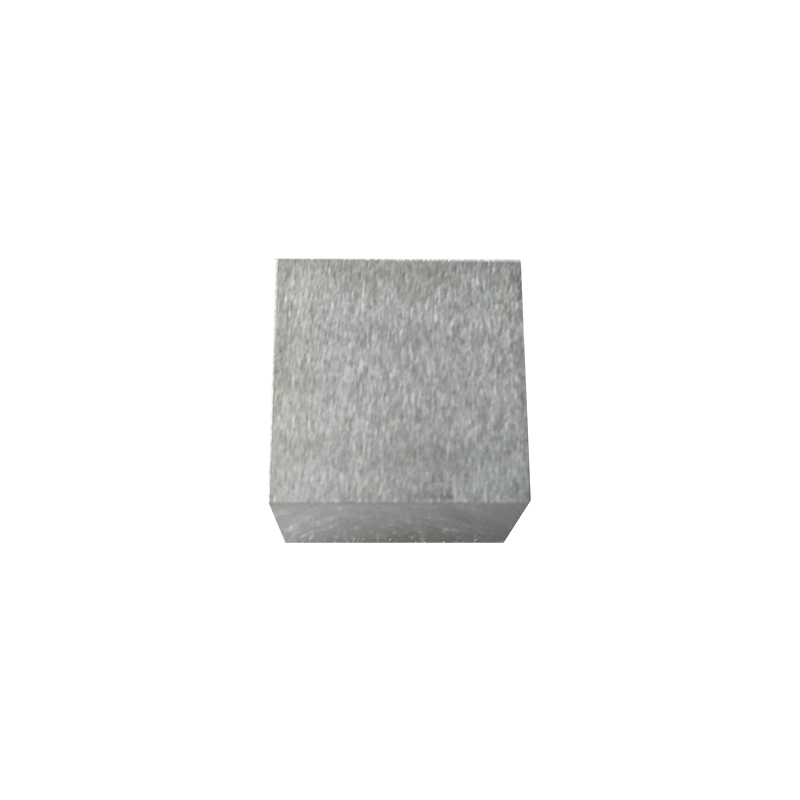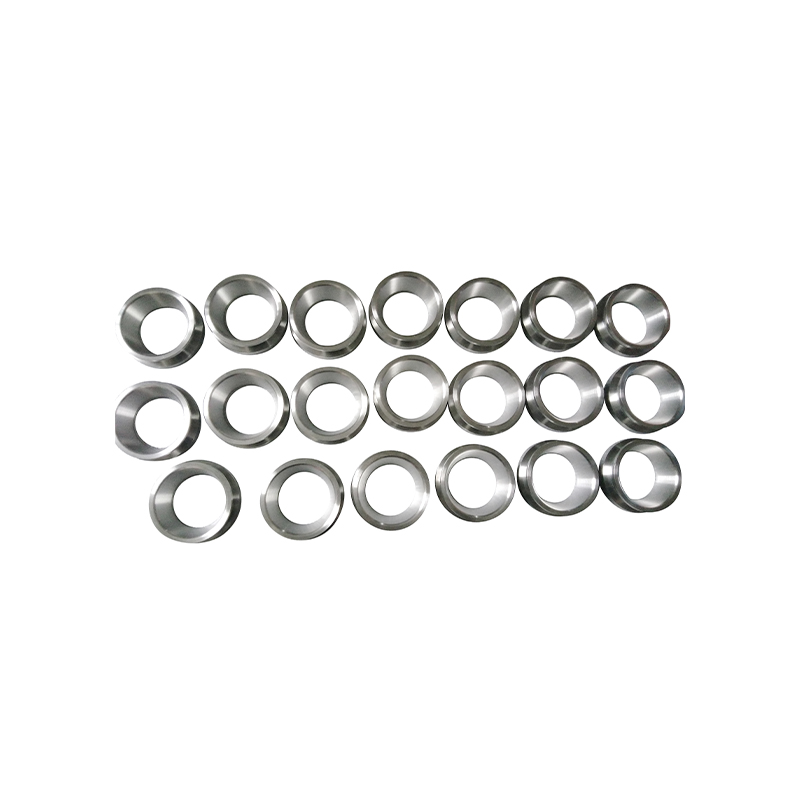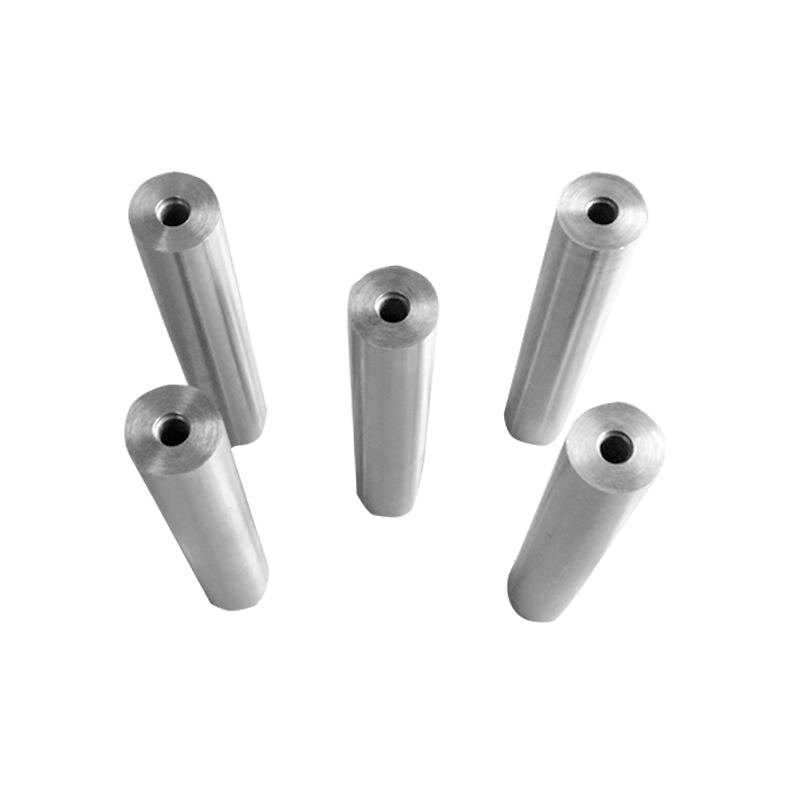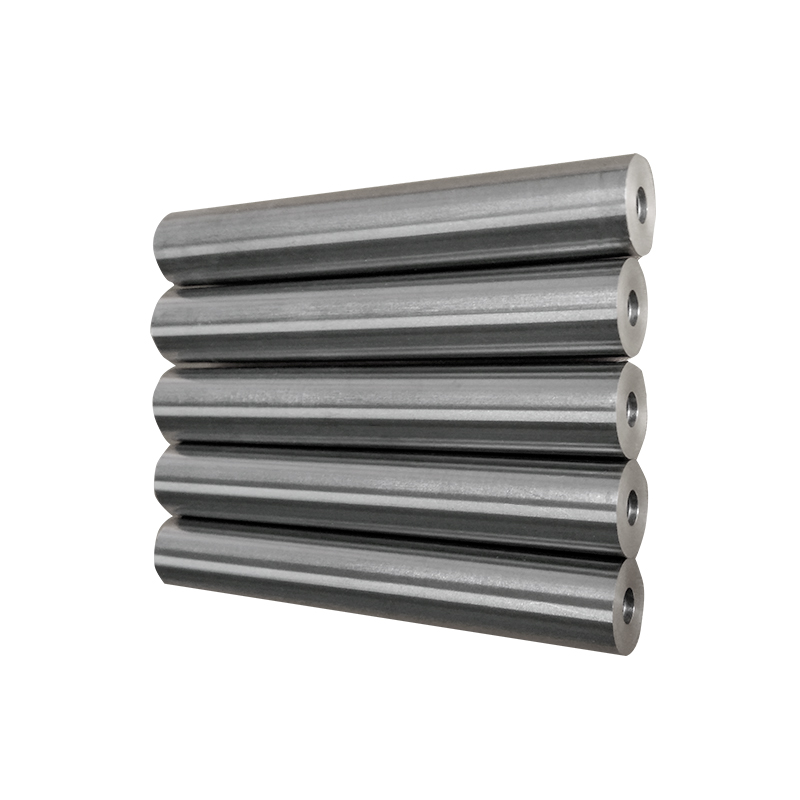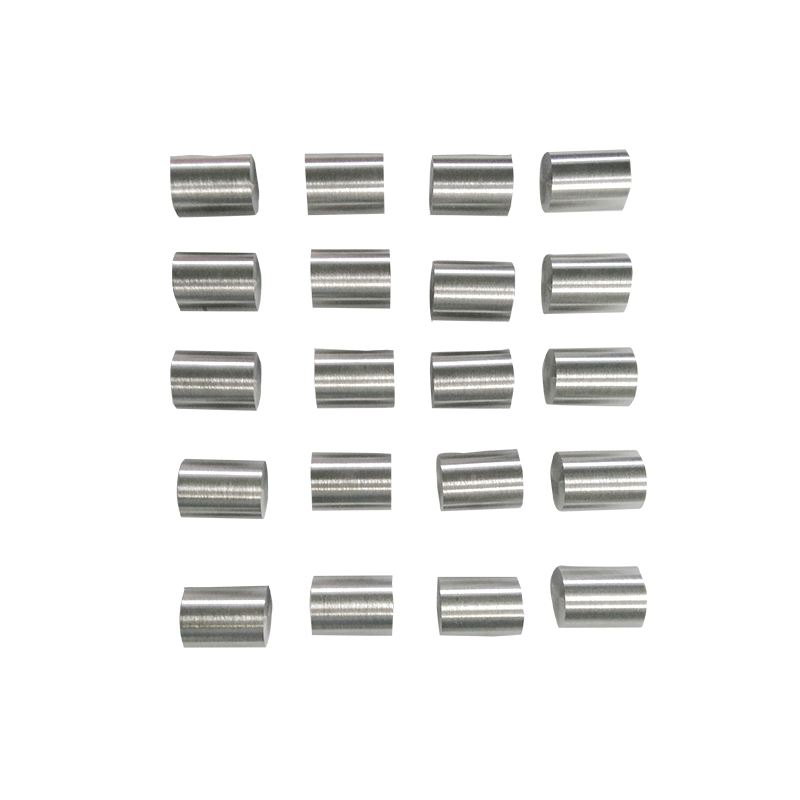When selecting materials for high-performance applications in industries like aerospace, electronics, and nuclear engineering, the combination of strength and durability is paramount. Among the many materials available, high elastic modulus molybdenum plates stand out as a preferred choice for demanding applications. Molybdenum, a transition metal with exceptional mechanical properties, is often used in applications that require resistance to extreme conditions, high temperature stability, and superior strength. This article explores how high elastic modulus molybdenum plates compare to other materials in terms of their strength, durability, and suitability for various applications.
1. Understanding High Elastic Modulus and Its Importance
The elastic modulus of a material, also known as its Young’s Modulus, is a measure of the material’s ability to resist deformation under stress. A high elastic modulus indicates that the material is stiff and resists deformation, making it highly suitable for applications where dimensional stability is critical. Materials with a high elastic modulus are capable of maintaining their shape and form even when subjected to significant external forces, making them ideal for use in environments with high mechanical loads or extreme temperatures.
In the case of high elastic modulus molybdenum plates, molybdenum itself is known for its high melting point (around 3,180°C) and excellent thermal conductivity, which enhances the material’s performance in high-temperature and high-stress environments. Molybdenum’s high elastic modulus—ranging between 300 and 400 GPa—ensures that it maintains its structural integrity under heavy stress, outpacing many other materials commonly used in similar applications.

2. Comparing High Elastic Modulus Molybdenum Plate to Other Materials
To better understand the superiority of high elastic modulus molybdenum plates, it is essential to compare them with other materials commonly used in high-performance applications: titanium alloys, steel, tungsten, and graphite.
2.1 Molybdenum vs. Titanium Alloys
Titanium alloys are well-regarded for their strength-to-weight ratio, corrosion resistance, and biocompatibility. However, they generally have a lower elastic modulus (around 100–120 GPa) compared to molybdenum. This makes titanium alloys more flexible but less stiff when subjected to high loads.
-
Strength: Molybdenum plates have a higher tensile strength, which means they are less likely to deform under stress compared to titanium alloys. Molybdenum’s superior high-temperature strength also gives it an edge in environments where materials like titanium might lose strength or degrade.
-
Durability: Titanium alloys exhibit excellent resistance to corrosion, particularly in marine environments, but they are not as durable under high thermal stresses as molybdenum. Molybdenum, on the other hand, can withstand extreme temperatures, making it more durable in high-heat applications such as furnaces, reactors, and aerospace.
In terms of strength and durability, high elastic modulus molybdenum plates outperform titanium alloys in high-stress, high-temperature environments.
2.2 Molybdenum vs. Steel
Steel is one of the most widely used materials in construction, machinery, and automotive industries due to its versatility and ease of fabrication. However, while steel is strong, it has a lower elastic modulus compared to molybdenum, typically in the range of 190–210 GPa for carbon steels.
-
Strength: Molybdenum plates offer superior tensile strength compared to steel. Steel is often chosen for its cost-effectiveness, but in critical applications where strength and resistance to deformation are essential, molybdenum’s higher elastic modulus makes it a better choice.
-
Durability: Steel is prone to corrosion, especially in moist or chemically aggressive environments, and it can weaken under high temperatures. Molybdenum, in contrast, is highly resistant to corrosion and can maintain its strength and integrity at much higher temperatures, giving it a distinct advantage in high-temperature or nuclear applications.
While steel may be cost-effective and strong in many applications, molybdenum plates offer far better temperature resistance and strength under load, making them more suitable for extreme conditions.
2.3 Molybdenum vs. Tungsten
Tungsten, with its remarkable melting point of over 3,400°C, is another material often used in extreme environments. While tungsten has a higher density and an even higher melting point than molybdenum, it also has a much higher elastic modulus, in the range of 400–500 GPa, which means tungsten is stiffer and less likely to deform under stress.
-
Strength: Tungsten is stronger in terms of resistance to deformation and high-temperature stability, especially in applications like rocket nozzles, space exploration, and high-energy physics experiments. However, tungsten’s brittleness can be a drawback in applications that require a combination of high strength and toughness, as it is more prone to cracking or fracturing under impact.
-
Durability: Tungsten’s high elastic modulus makes it excellent for applications that require dimensional stability under extreme conditions. However, it is heavier and more brittle than molybdenum, which means that in applications where toughness and resilience under impact are required, molybdenum would be the better choice. Molybdenum’s ductility allows it to absorb more impact stress compared to tungsten, making it less likely to fracture.
In terms of high-temperature applications where brittleness is a concern, molybdenum plates are often the better choice due to their combination of strength, flexibility, and durability.
2.4 Molybdenum vs. Graphite
Graphite is often used in high-temperature applications due to its excellent thermal conductivity and stability under heat. It is used in industries like nuclear reactors, furnaces, and electrical applications.
-
Strength: Molybdenum plates outperform graphite in terms of tensile strength and elastic modulus. Graphite is a soft material, which means it can deform and wear out under mechanical stress. Molybdenum, with its high stiffness and resistance to deformation, is far superior in applications requiring mechanical strength.
-
Durability: Graphite, while excellent for high-temperature applications, is prone to oxidation and degradation in the presence of oxygen, especially at elevated temperatures. Molybdenum, by contrast, remains stable and resistant to oxidation, making it more durable in environments where mechanical integrity and thermal stability are essential.
In high-stress applications where mechanical properties like strength and elasticity are crucial, molybdenum’s advantages over graphite become evident.
3. Applications of High Elastic Modulus Molybdenum Plates
High elastic modulus molybdenum plates are used in a wide range of industries, particularly where strength and thermal stability are of utmost importance. Some of the primary applications include:
-
Aerospace and Defense: Molybdenum plates are often used in the aerospace industry for components like aircraft parts, rocket nozzles, and space shuttles. Their high elastic modulus ensures that they can withstand the mechanical stresses during launch and flight, while their ability to handle high temperatures makes them ideal for jet engine parts and missile components.
-
Nuclear Reactors: Molybdenum is commonly used in nuclear reactors for fuel rods and reactor cores, thanks to its high thermal conductivity, high melting point, and corrosion resistance. The elastic modulus ensures that these components do not deform under extreme pressure and temperature.
-
Electronics: Molybdenum plates are also used in the electronics industry, particularly in the production of semiconductor wafers and electronic packaging. The material’s high strength and thermal conductivity are vital for components that need to withstand high electrical currents and temperatures.
4. Conclusion
In comparison to other materials such as titanium alloys, steel, tungsten, and graphite, high elastic modulus molybdenum plates offer a unique combination of strength, dimensional stability, and durability that makes them ideal for high-performance applications. Their ability to maintain structural integrity under extreme stress and high temperatures sets them apart from other materials commonly used in aerospace, electronics, and high-temperature environments. While materials like titanium and tungsten may outperform molybdenum in certain aspects, molybdenum’s resilience, toughness, and thermal stability make it a versatile and reliable choice for many demanding industries.
Ultimately, when choosing materials for high-stress, high-temperature applications, the strength and durability of high elastic modulus molybdenum plates are key factors that make them stand out as a superior option.







